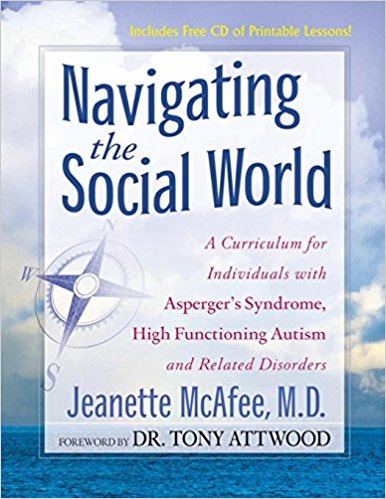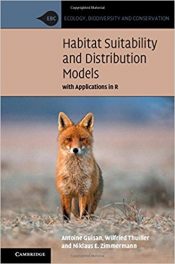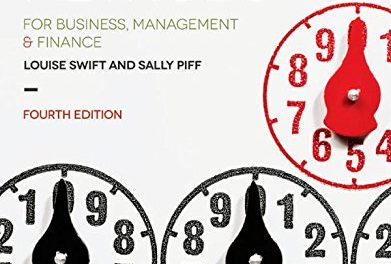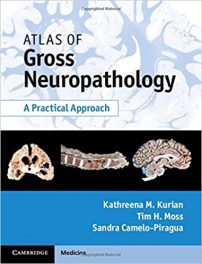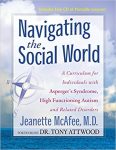 Author: Jeanette L. McAfee, MD
Author: Jeanette L. McAfee, MD
Publisher: Future Horizons – 350 pages
Book Review by: Sonu Chandiram
Asperger’s Syndrome (AS) and high functioning autism (HFA) are terms used to refer to higher-functioning autism, a pervasive, neuro-developmental disorder in the brain that affects a number of abilities, including the abilities to:
- Communicate
- Make and keep friends
- Carry out everyday social interactions
- Deal with change
When this book was published in 2001, there was some information of AS/HFA in print, but virtually nothing was readily available on how to treat people with these disorders.
Dr. Tony Attwood, writes in the Foreword to this book: “When Jeanette and Keith’s daughter was diagnosed as having high functioning autism, their long search for an accurate diagnosis was over. However, they began a new search for knowledge on how to help her. They were determined to learn more about high functioning autism and Asperger’s Syndrome and how to provide effective programs for their daughter.
“They attended workshops and read the research journals and books that describe these conditions, but soon realized that there is remarkably little knowledge on remedial programs.”
To learn more about AS and HFA, Jeanette and Keith moved their family to Australia for three months to participate in the programs he was developing in his autism clinic in Brisbane. They also studied with his two autism advisory teachers. They spent many hours assessing their daughter’s “unusual profile of abilities and designing and implementing programs.”
To give you a small snapshot of these two disorders, note that people who have AS and HFA have these and similar conditions:
- Repetitive behaviors
- Intense or unusual interests in certain subjects
- Problems with abstract thinking
- Problems with motor and coordination skills
- Problems recognizing and coping with emotions
- Unusual sensitivity (uncomfortable and even painful responses) to : everyday lighting, sounds and touch, and smells, tastes, and textures of certain foods
Moreover, people with these disorders have varying degrees of difficulty and ease (termed dysfunction or function) with each of the problems listed above. One person with AS/HFA may have much difficulty with change or repetitive actions, but only moderate difficulty with nonverbal communication.
Another person with AS/HFA may have no difficulty adapting to change, but may ask the same questions repetitively, and severe problems in social communication.
This book published in 2001 and written by Dr. Jeanette L. McAfee is based on the experiences she and her husband Keith had with their 10-year-old daughter Rachel who – after years of puzzling meetings and encounters with various doctors and teachers – was diagnosed with HFA, with “her unique combination of strengths and special needs.”
A large-sized book with double-spaced large letters, it has been developed as a program to assist parents and teachers help children with AS/HFA disorders. We provide you below an overview of its contents, and have included the titles of appendices as well, to inform you that this is a practical resource that provides you not only critical information (such as a Glossary that provides you important terms relating to HFA), but also ready-made forms you can use to help your child.
- Introduction
- How to Use This Book
- A Brief Overview of Asperger’s Syndrome (AS) and High Functioning Autism (HFA)
- I. Section I. Recognizing and Coping with One’s Own Emotions
- II. Section II. Communication and Social Skills
- III. Section III. Abstract Thinking Skills
- IV. Behavioral Issues
- Appendices
- Appendix A: Additional Resource Materials
- Appendix B: Handouts
- Appendix C: Templates
- Appendix D: Program Tracking Forms
- Appendix E: Glossary
- (DVD of this book provided on the inside back cover).
This is an excellent resource covering high functioning autism and Asperger’s Syndrome and their various features. It also provides ready-to-use tools to assist those with children who have these disorders.

